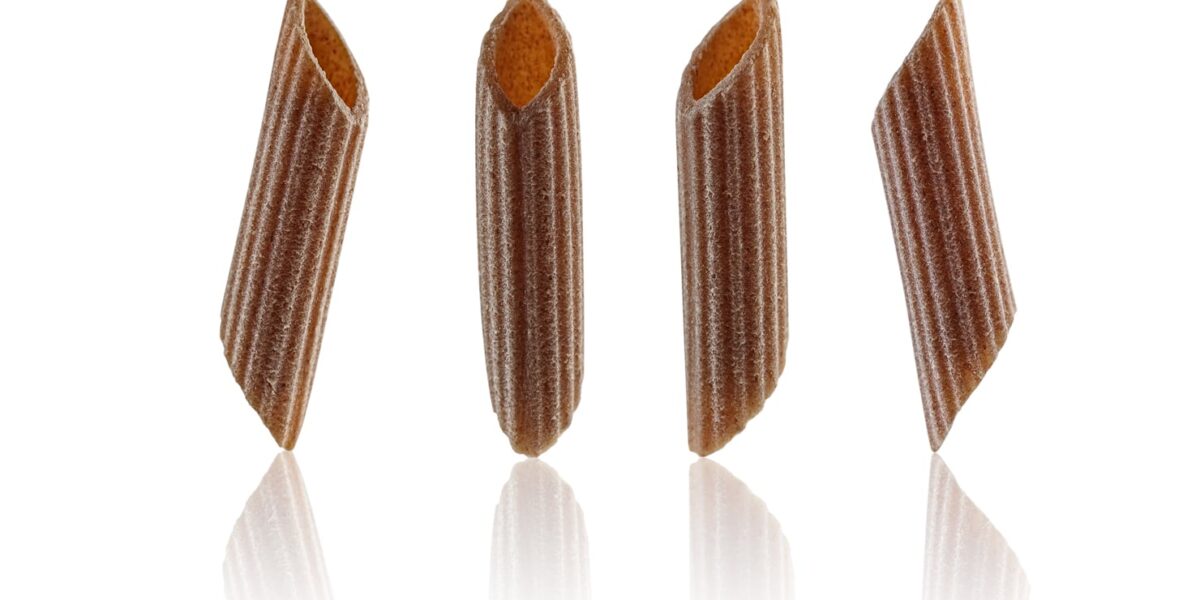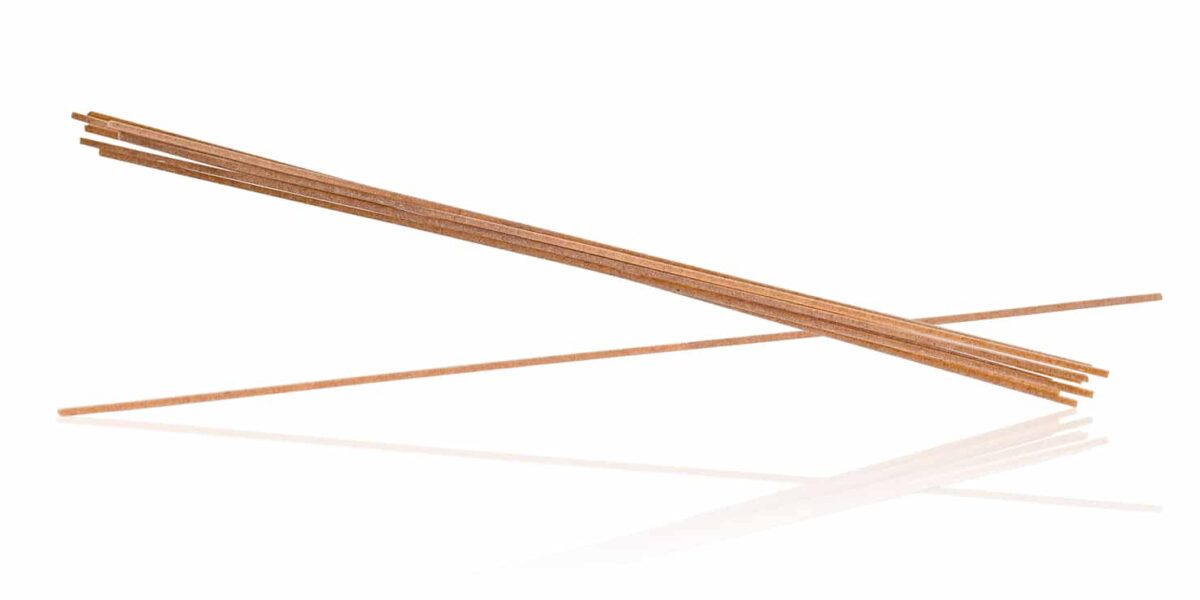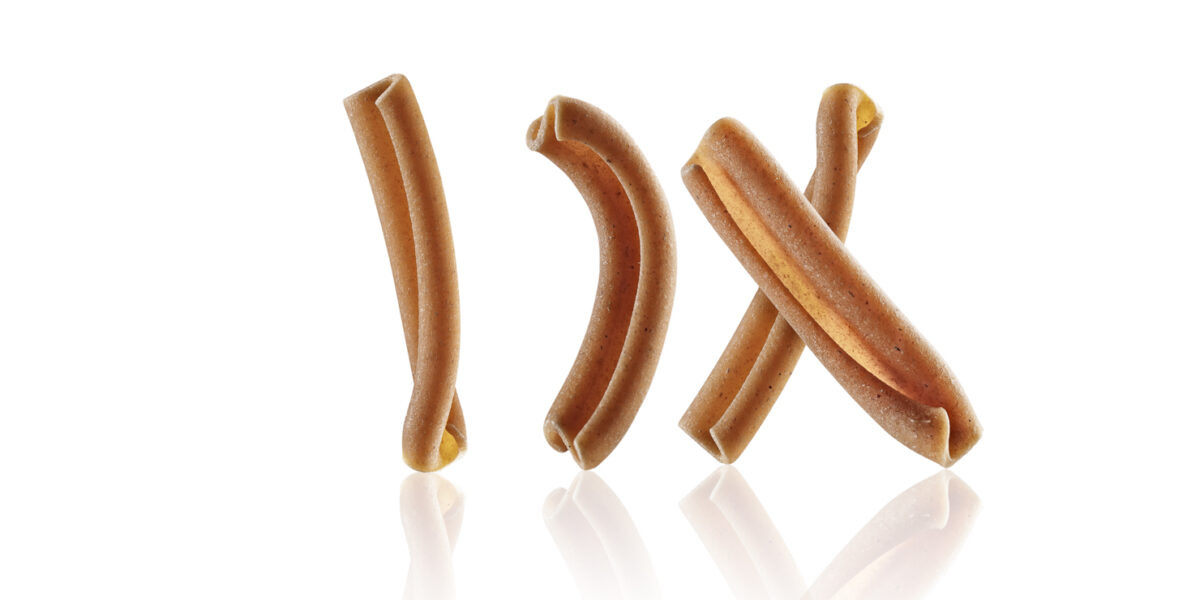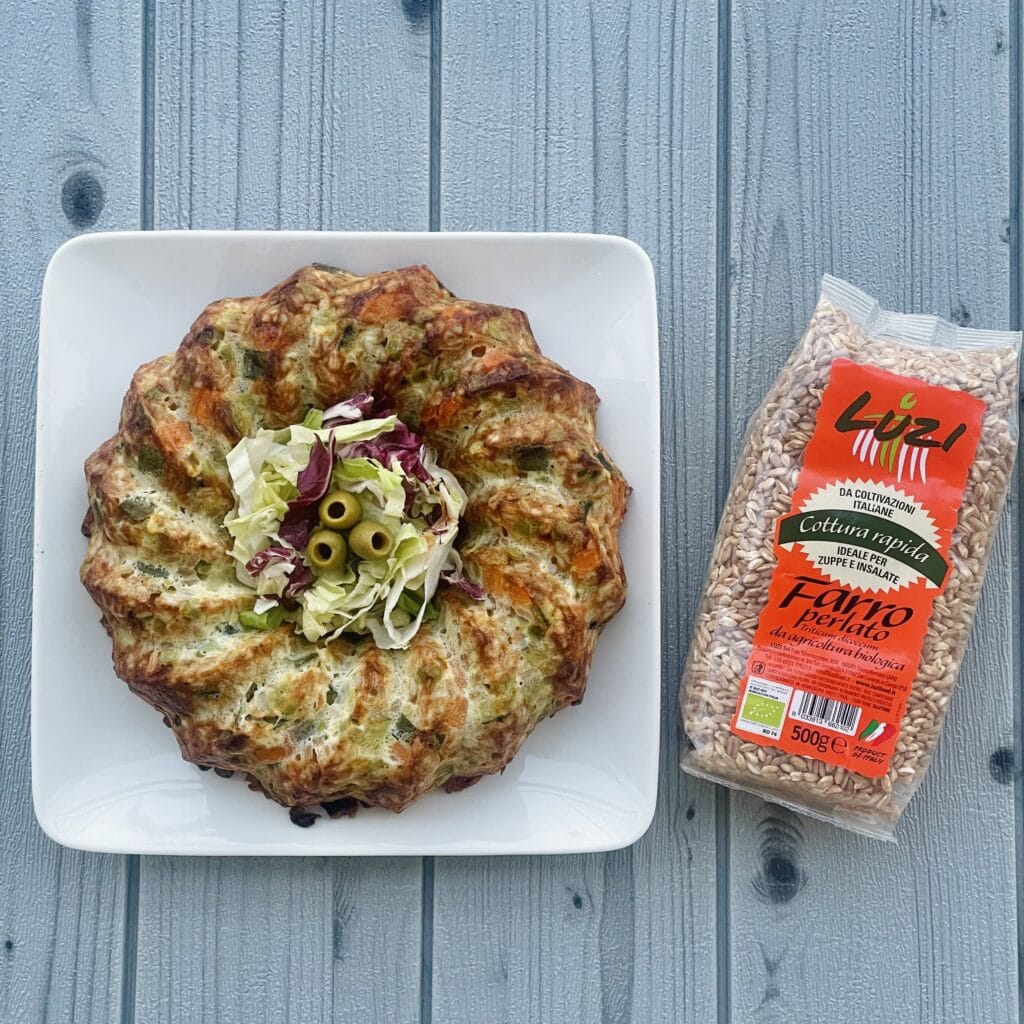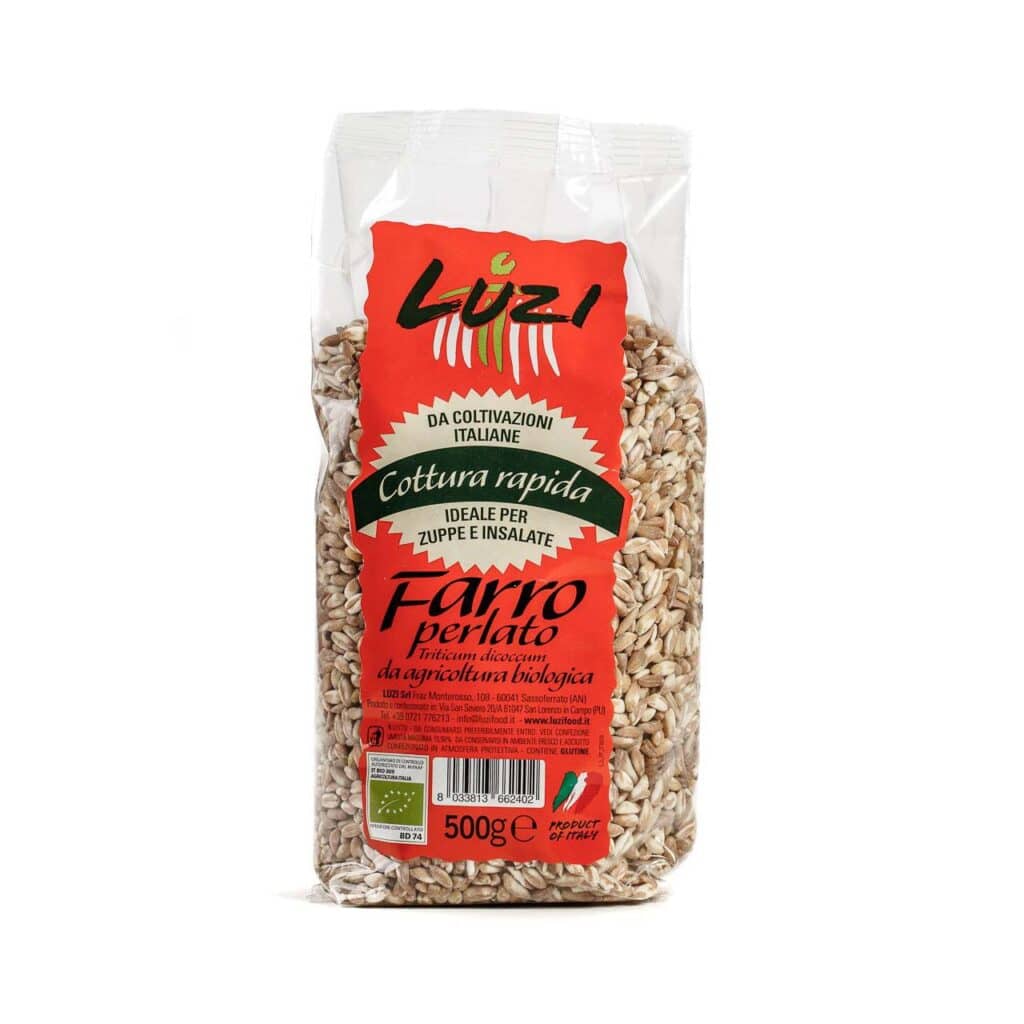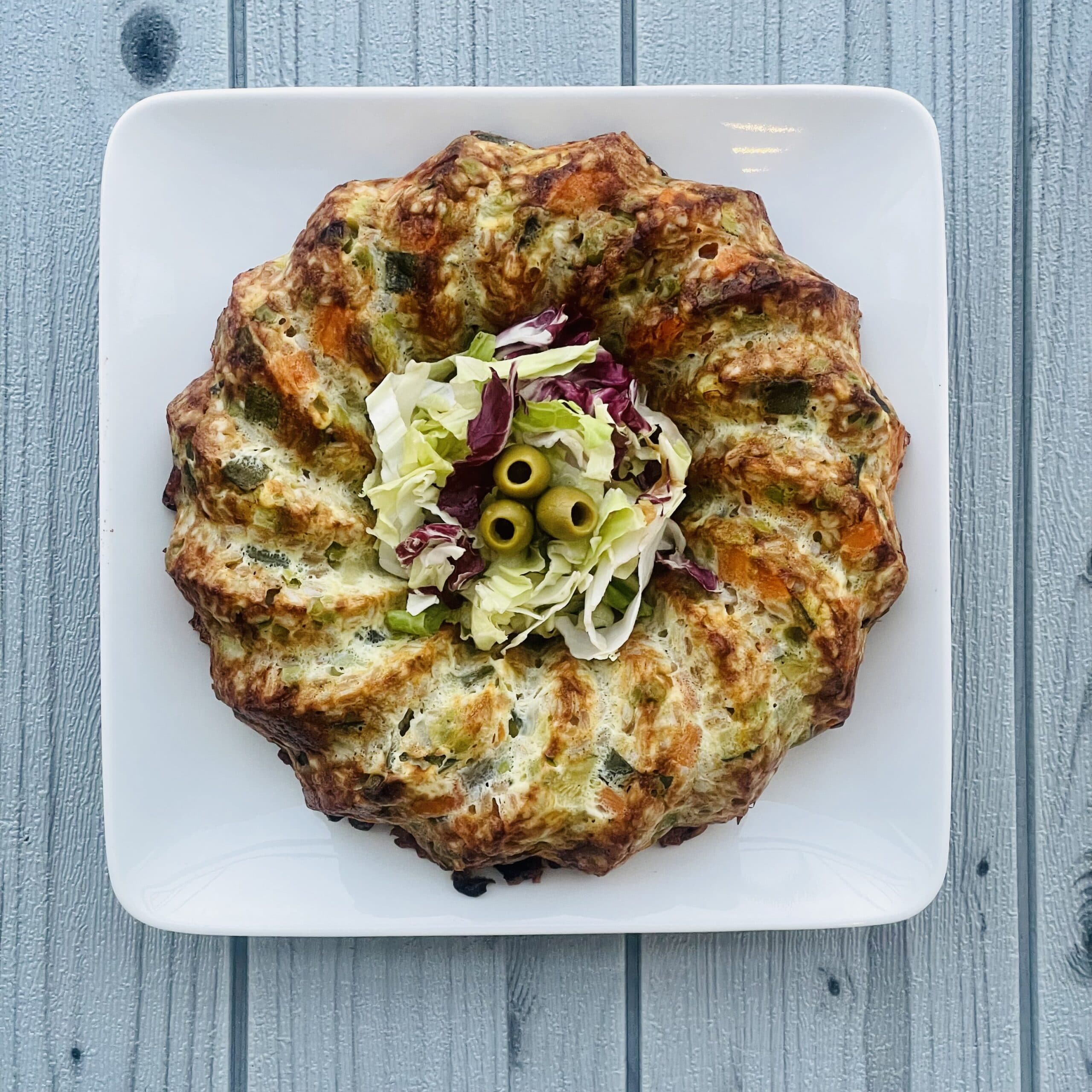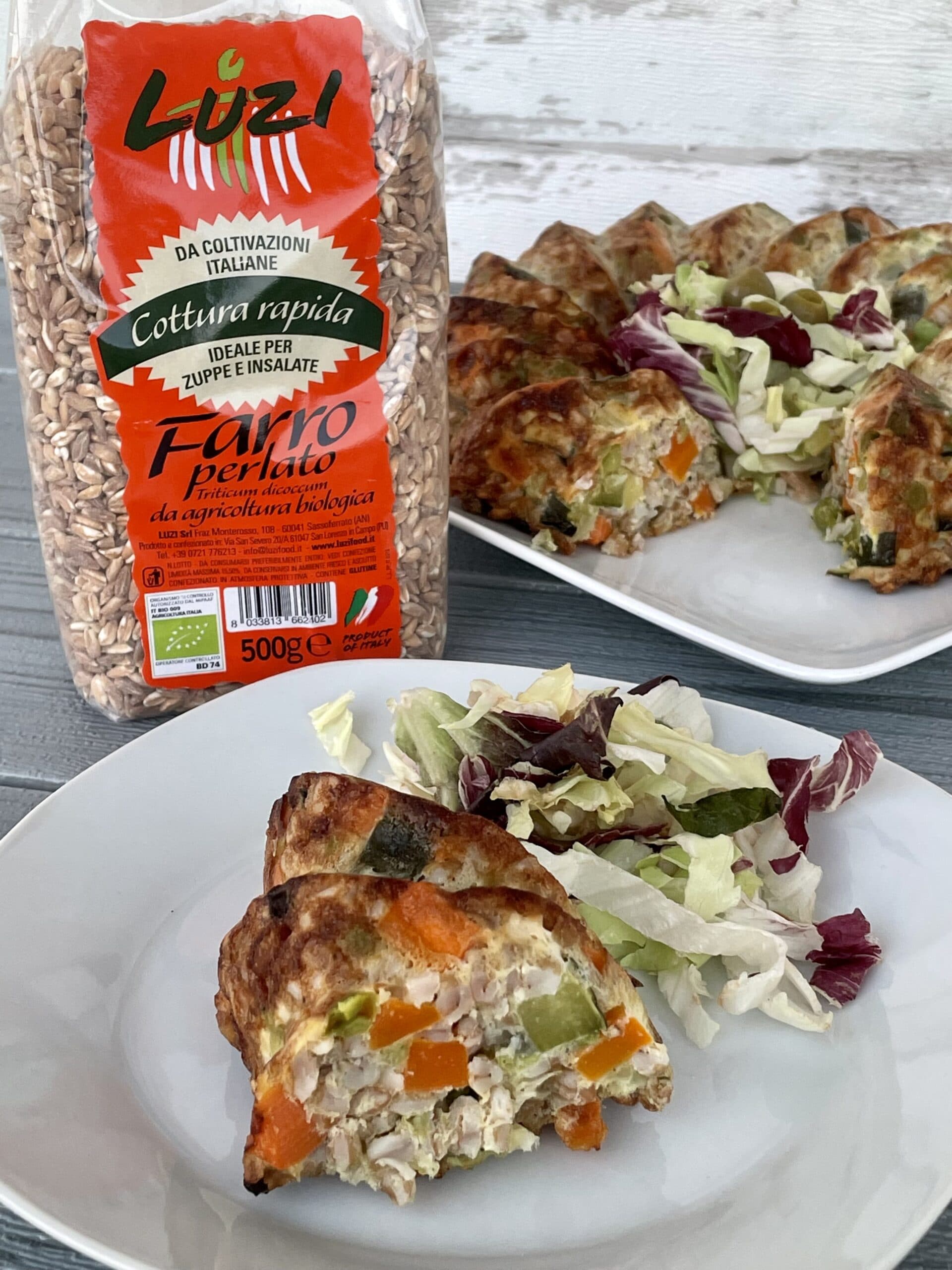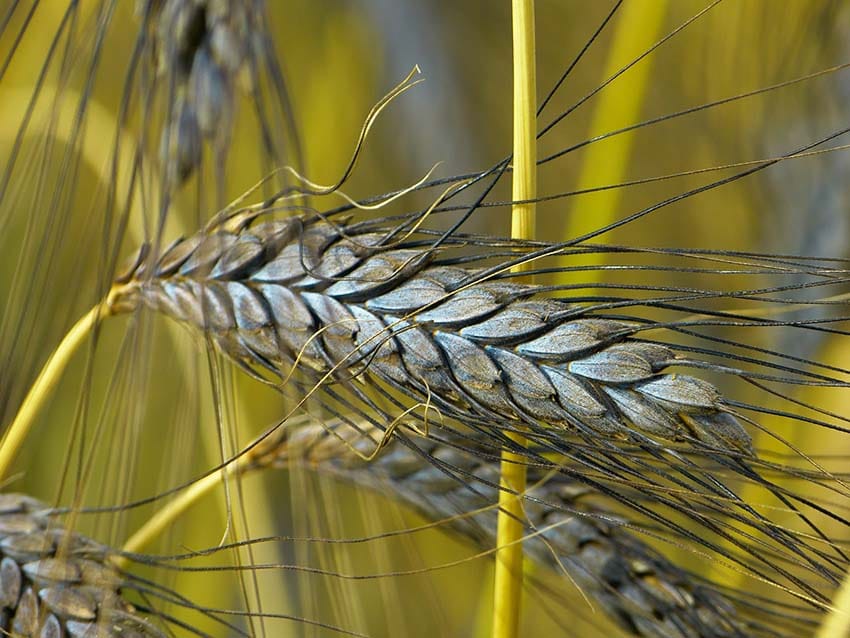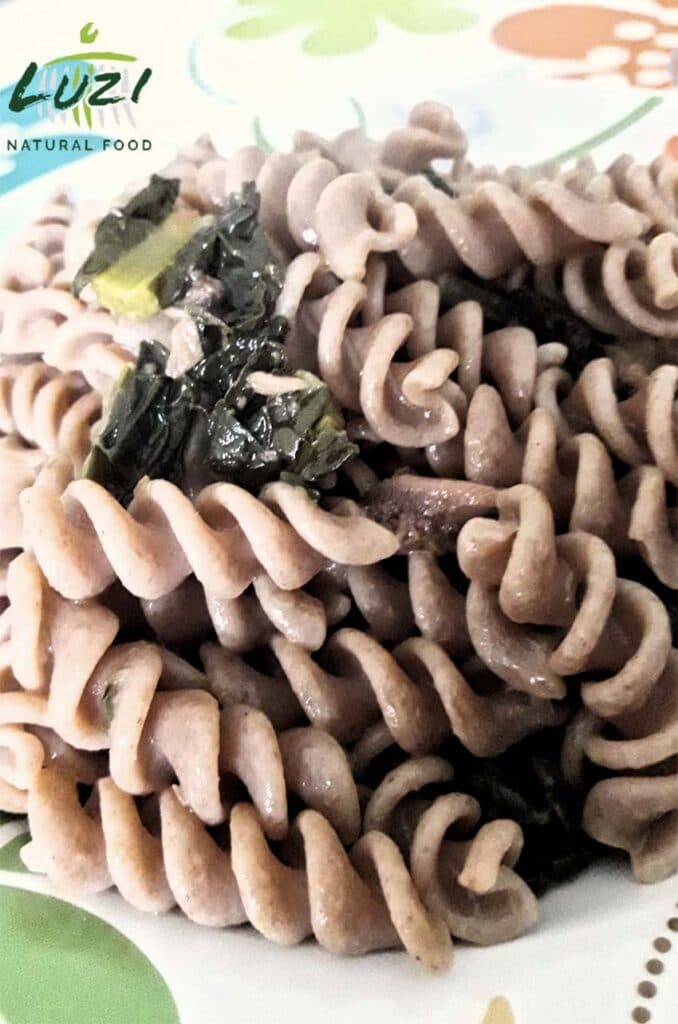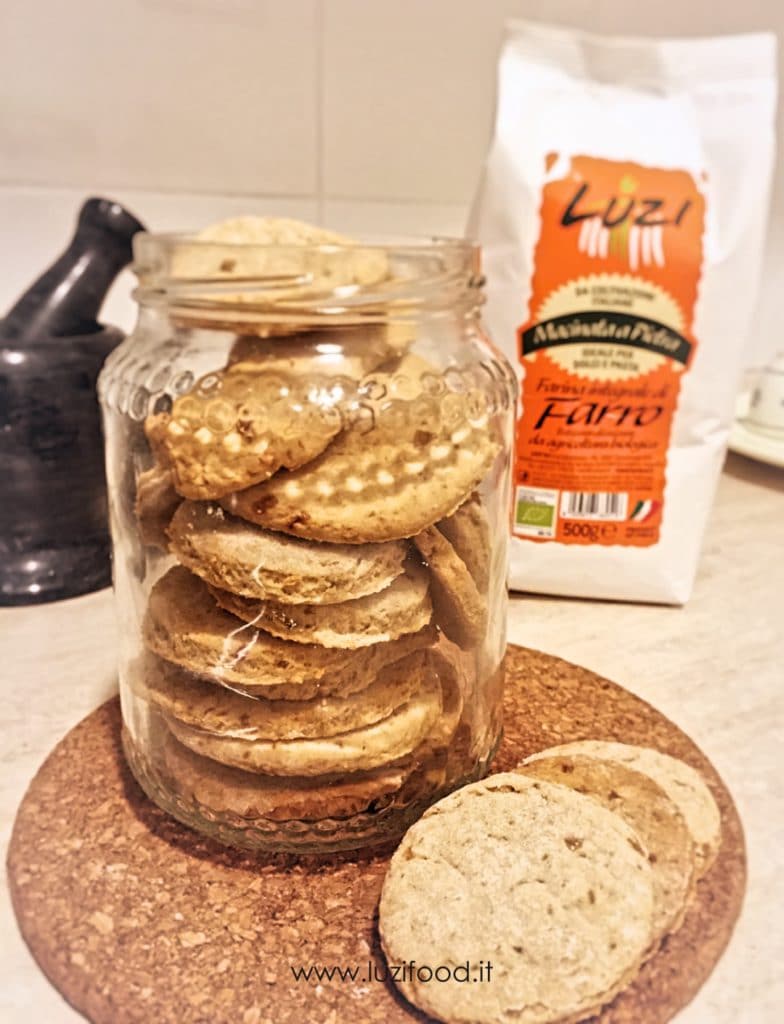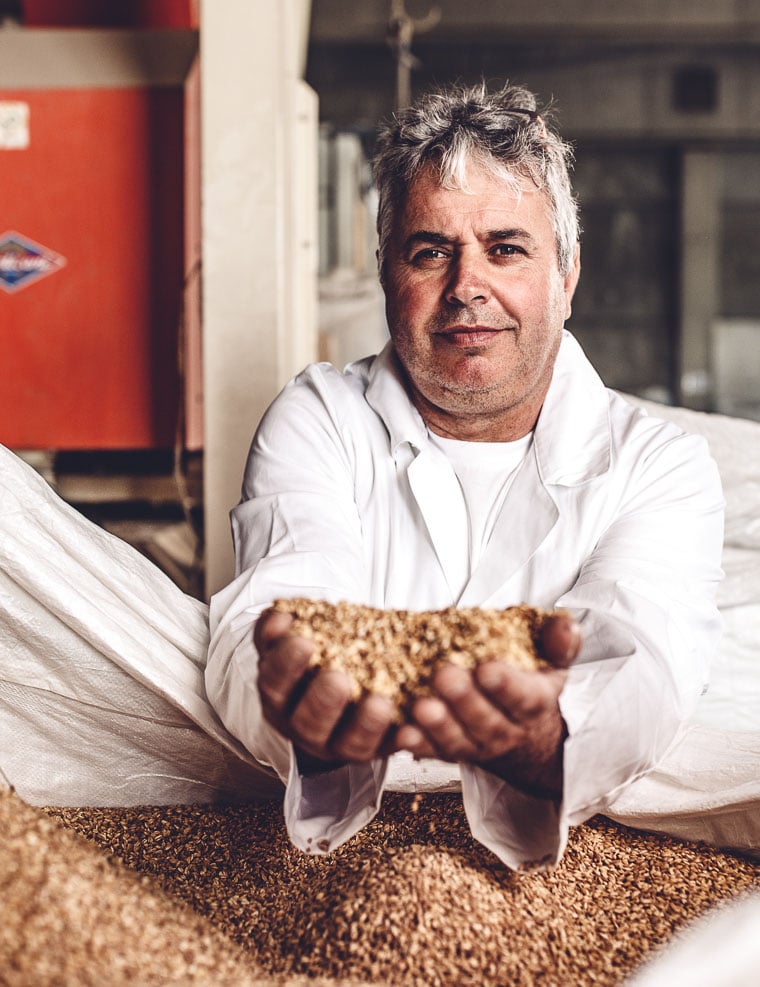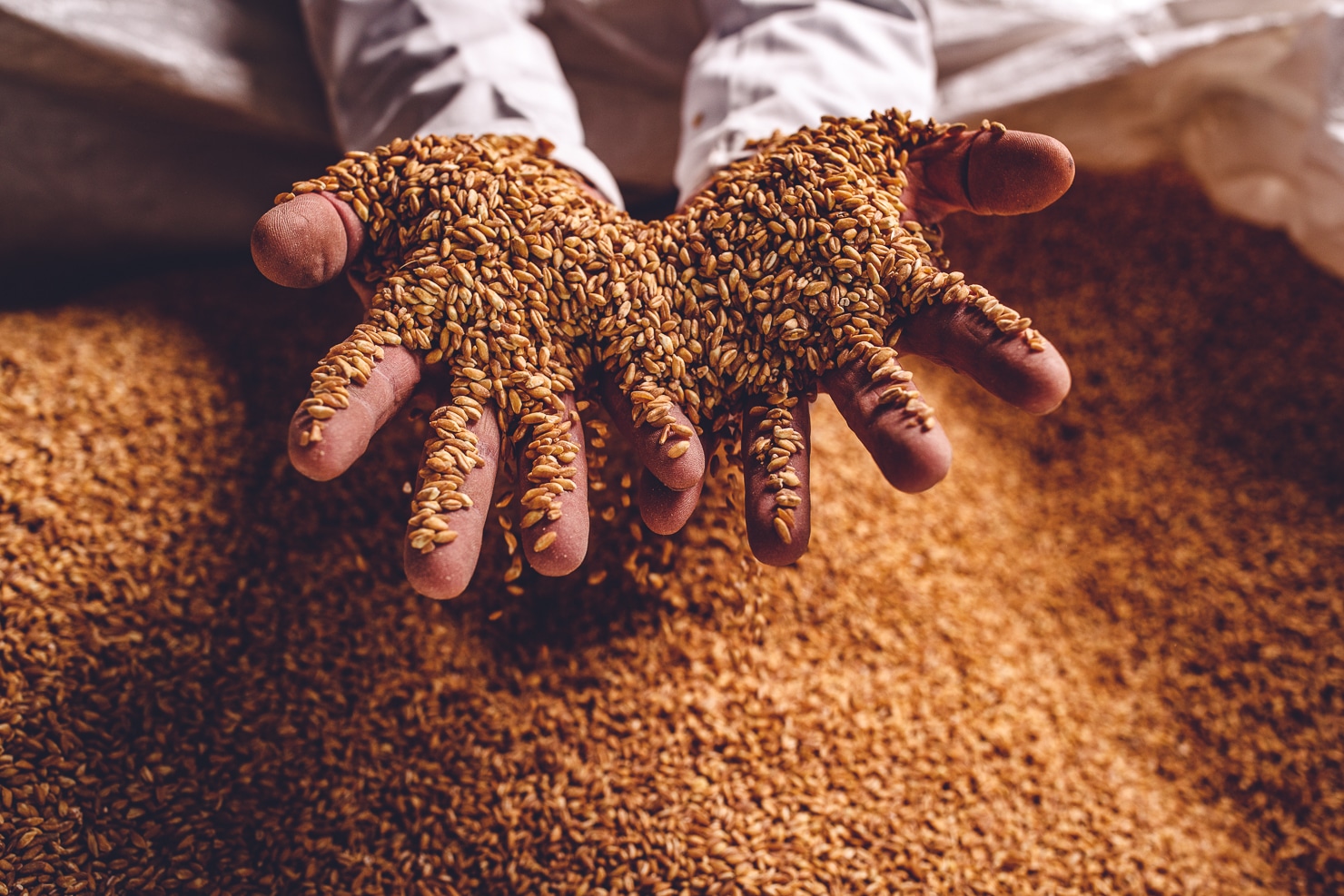THE SUCCESS OF SPELT WHEAT? GÜNTHER KARL FUCHS EXPLAINS THIS.
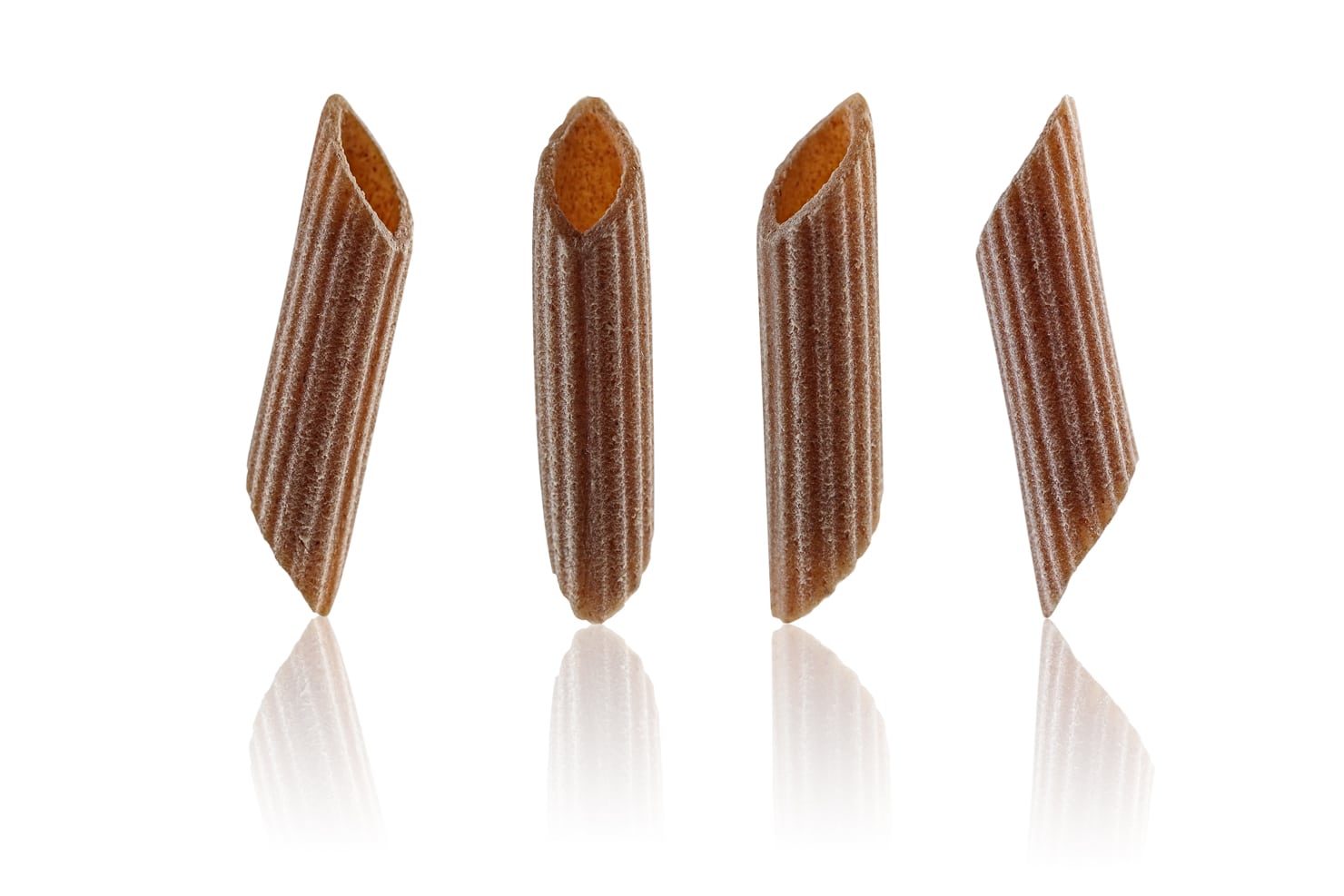
Spelt Wheat. Why has it become special, almost indispensable, for the consumer? You asked the blogger Günther Karl Fuchs of the very popular Papille Vagabonde who dedicates an entire discussion of its specialties to spell. It now dominates the shelves of the best supermarkets with flours, pearls, pasta, and ready meals. And this is because, according to the blogger, there is a true return to history, a desire to experience some phases of antiquity to trace the true, authentic taste of food.
Spelled Wheat is considered by scholars to be among the oldest cereals, dating back to the 13th millennium BC, in the mid-Neolithic period, mainly widespread in the areas of Mesopotamia and the Middle East. Today, thanks to “the stubbornness of some farmers to keep alive a great and old tradition”, especially in Italy we can boast this incredible return to food well-being.
But that is not all. According to Günther Karl Fuchs, the spread of the original dicoccum spelled and its increasingly frequent use in the kitchen is due to 10 key points, summarised as follows:
1) Spelt boasts an unmodified genome. A plant that grows in poor soil resistant to cold and drought.
2) Most of the spelled on the market comes from organic cultivation, a strong plant that does not require a massive intervention of treatments.
3) Origin and origin Italian, Tuscany (Farro della Garfagnana PGI), Lazio (Rieti), Umbria (Val Nerina, Val Corneo), Molise, Marche, reassures the consumer about a cereal that comes from Ukraine, Australia, Canada.
4) Very easy to use in the kitchen instead of the wheat flour we are most used to. It is white all the same, while other cereal flours require more knowledge and experience to replace white 00 flour. You can make bread, biscuits, focaccia, sweets.
5) The taste is very pleasant. It reminds some of the hazelnut with some hint of honey flavor, the bread in particular takes on a beautiful golden color.
6) Foods with high nutritional value, we saw in the previous post the consideration that is given to some nutrients compared to others by consumers and experts in the sector, spelled is perfectly suited given the high content of proteins, fibers and mineral salts such as magnesium compared to other cereals.
7) Spelled contains gluten, but much less than wheat, so much so that people sensitive to gluten have no problem with spelled. Sensitivity to gluten is subjective, it is an interesting fact but it cannot be generalized.
8) High satiety index. According to some researchers, thanks to the fact that it absorbs a lot of water during cooking, it has a high satiety index.
9) A low glycemic index, spelled in particular spelled dicoccum, which is suitable for a diet for those who practice sports but also those who have to face a low-calorie diet (it is the least caloric cereal)
10) History has its own charm. Knowing that you can eat a food that has gone through history has a strong “appeal”. I was at the Festival of the Middle Ages in Gubbio and many recipes had spelled as their protagonist, this creates a link with history but also with the territory and the gastronomic tradition, an aspect that should not be underestimated.
According to what the author of Pupille Vagabonde writes, introducing this wonderful original cereal into one’s daily diet entails a substantial improvement in the body and outside of this thanks to support for the environment.

